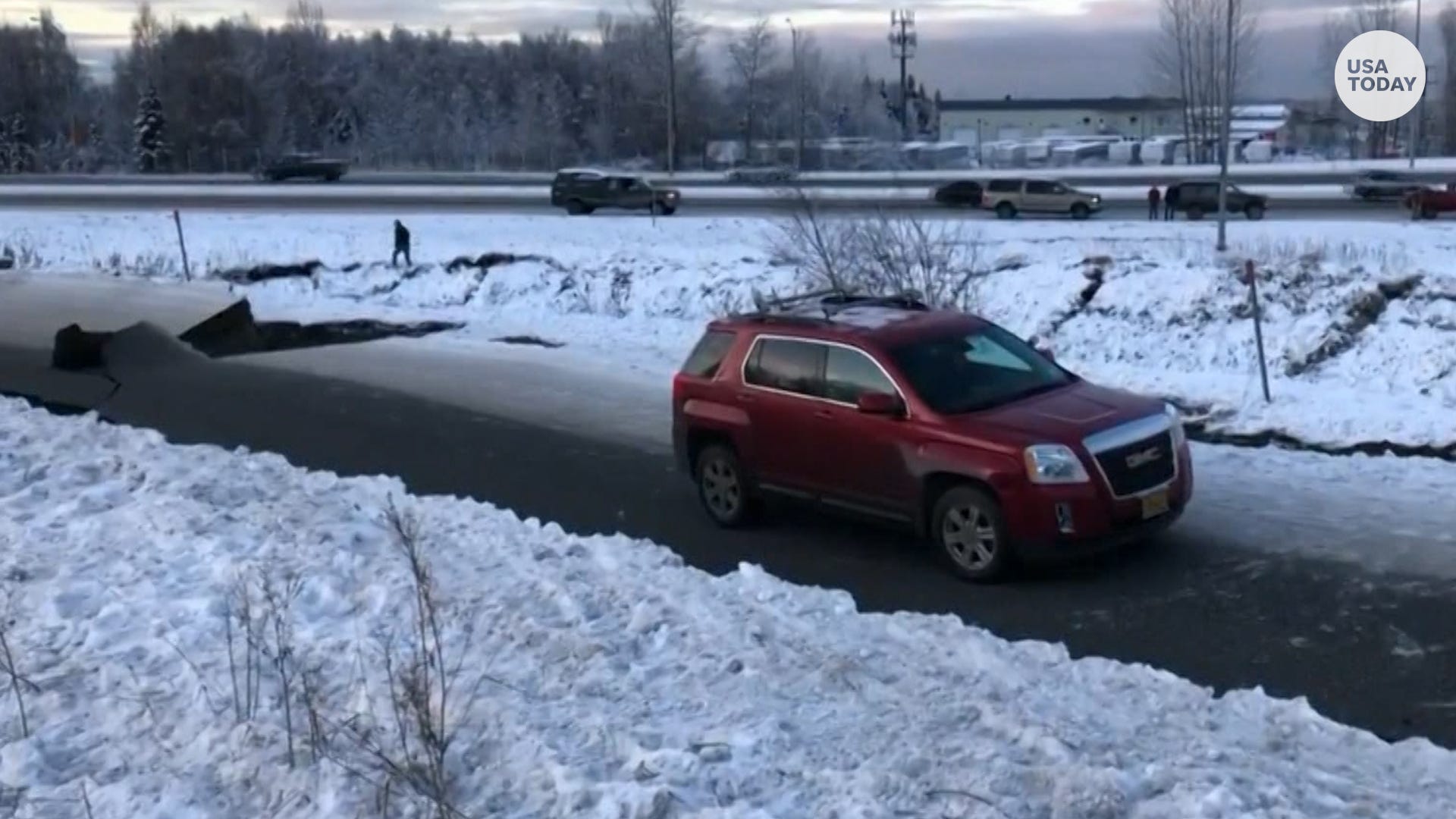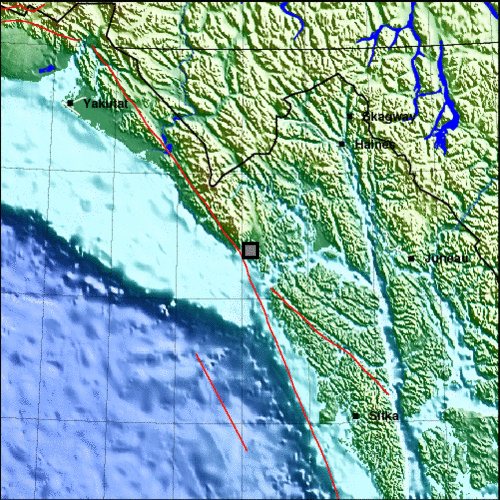

ShakeMaps use MMI to answer those questions.



center HAARP (High Frequency Active Auroral Research Program) is behind the. (Map from Miller, Great Waves in Lituya Bay, Alaska) During the earthquake, the bay side of Gilbert and Crillon inlets moved about 20 feet northwest relative to the northeast wall that forms the head of the bay. MMI tells us more about the local effects of an earthquake than magnitude because magnitude only describes the energy released by the earthquake at its epicenter.įor example, if we know that a large earthquake has occurred away from a populated area, our most immediate concern is how strongly that earthquake shook the nearest places where people live or that contain vital infrastructure. center established in Alaska which studies the ionosphere at the. Lituya Bay (at center left) offers the only sheltered anchorage for a long stretch of Southeast coast. Each color corresponds to a number on the Modified Mercalli Intensity Scale (MMI) (link or sidebar), which was created to describe an earthquake’s severity in a given place. ShakeMaps are color-coded to show how strongly the ground shook in different places. They are also used by engineers, city planners, and scientists, and they can show predicted effects from hypothetical earthquakes as well as real ones. The United States Geological Survey wrote in a social media post that the earthquake occurred 106 kilometers (65.8 miles) south of Sand Point, Alaska, at 10:48 p.m. history, tied with another Alaskan quake from 1938, according to USGS data.ShakeMaps use recorded and predicted ground motions to show where and how intensely the ground shook during an earthquake-most crucially, they help emergency managers to identify areas of likely damage within minutes of a significant earthquake. The quake was the seventh largest in U.S. In Sand Point, which also evacuated on Wednesday night, morning checks revealed no road, harbor or dock damage, said Jordan Keeler, administrator for the community of about 1,300 people.Īccording to the USGS, the quake was followed by over 25 aftershocks in the region, with two around magnitude 6.0. Along with the NOAA Pacific Tsunami Warning Center located at Ford Island, Hawaii, the National Tsunami Warning Center monitors and warns for tsunami threats 24/7 throughout the year. On average, Alaska experiences half a dozen magnitude 6 or greater earthquakes per year. New Zealands 2011 M6.3 Christchurch earthquake, for example, claimed 185 lives and caused billions of dollars in damage. Other significant events include a magnitude 5.0 earthquake that occurred 59 miles S of Westdahl. The aftermath of the Great Alaska Earthquake and Tsunami led to the creation of the NOAA National Tsunami Warning Center in Palmer, Alaska. However, moderate-to-strong earthquakes happening near cities and towns pose serious dangers to people and infrastructure. The largest earthquake was magnitude 5.2 that occurred on August 19 at 17:48:58 AKDT (August 20, 01:48:58 UTC), 105 miles SE of Nikolski. The Alaska Earthquake Center reported more than 49,000 seismic events in the state and nearby regions in 2020. Historical Vignette 047 - The Corps Helped Rebuild Alaska following a Disastrous. "It makes it more likely that something is going to happen adjacent." During the week of August 14, 2023, the Alaska Earthquake Center reported 903 earthquakes within the state. Finance Center Humphreys Engineer Center Support Activity Institute for. "When that happens next to an area that's still locked, it increases the stress in the adjacent area," he said. Earthquake Map Earthquake List Earthquakes in Alaska Seismicity Reports. The earthquake was not an aftershock, said Stephen Holtkamp, a researcher at the earthquake. That temblor appears to have helped set up Wednesday’s quake, Holtkamp said, a typical phenomenon when a big event strikes a major fault or subduction zone, he said. at a depth of about 48 miles, according to the Alaska Earthquake Center. Holtkamp said Wednesday's earthquake was likely related to another powerful earthquake in the same area almost exactly a year ago, the Magnitude-7.6 Simeonof Island Earthquake of July 21, 2020, which struck about 45 miles (72 km) away. That particular section of the subduction zone, called the Aleutian megathrust, is a seismic hot spot, with thousands of earthquakes each year, according to the Alaska Earthquake Center. Wednesday's earthquake struck along a subduction zone where the Pacific plate dives under the North American plate, Holtkamp said.


 0 kommentar(er)
0 kommentar(er)
